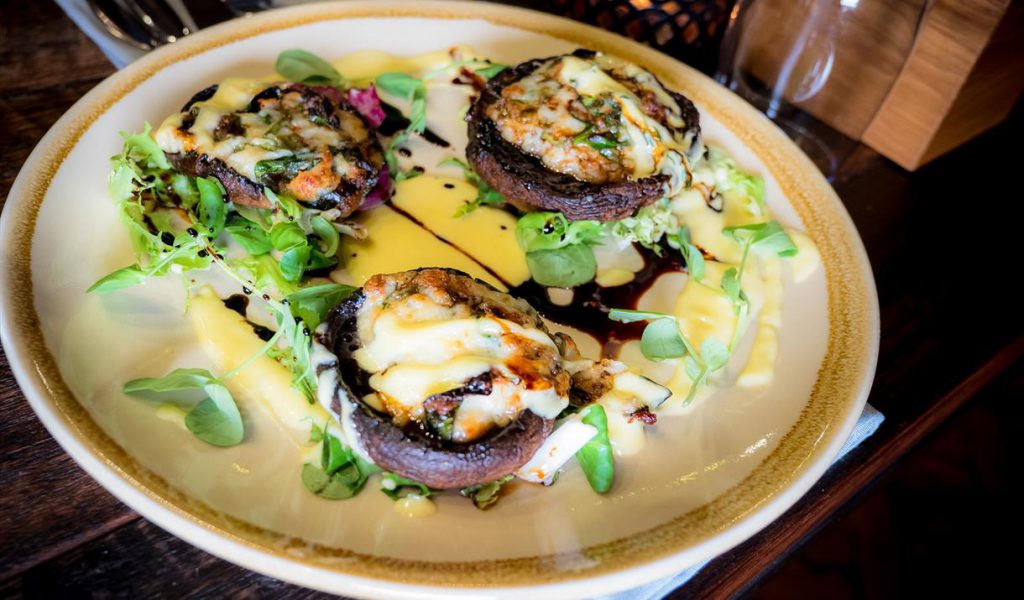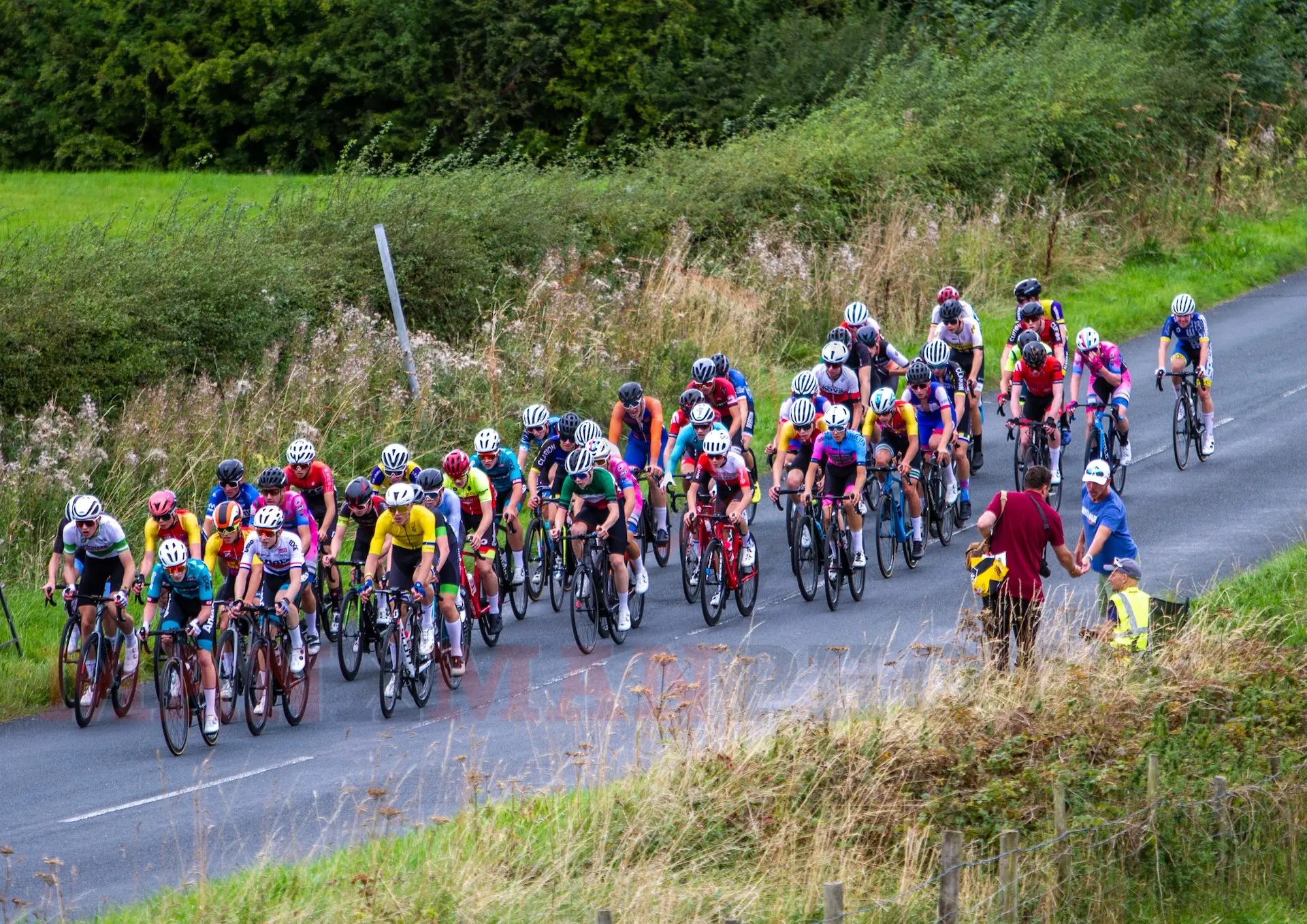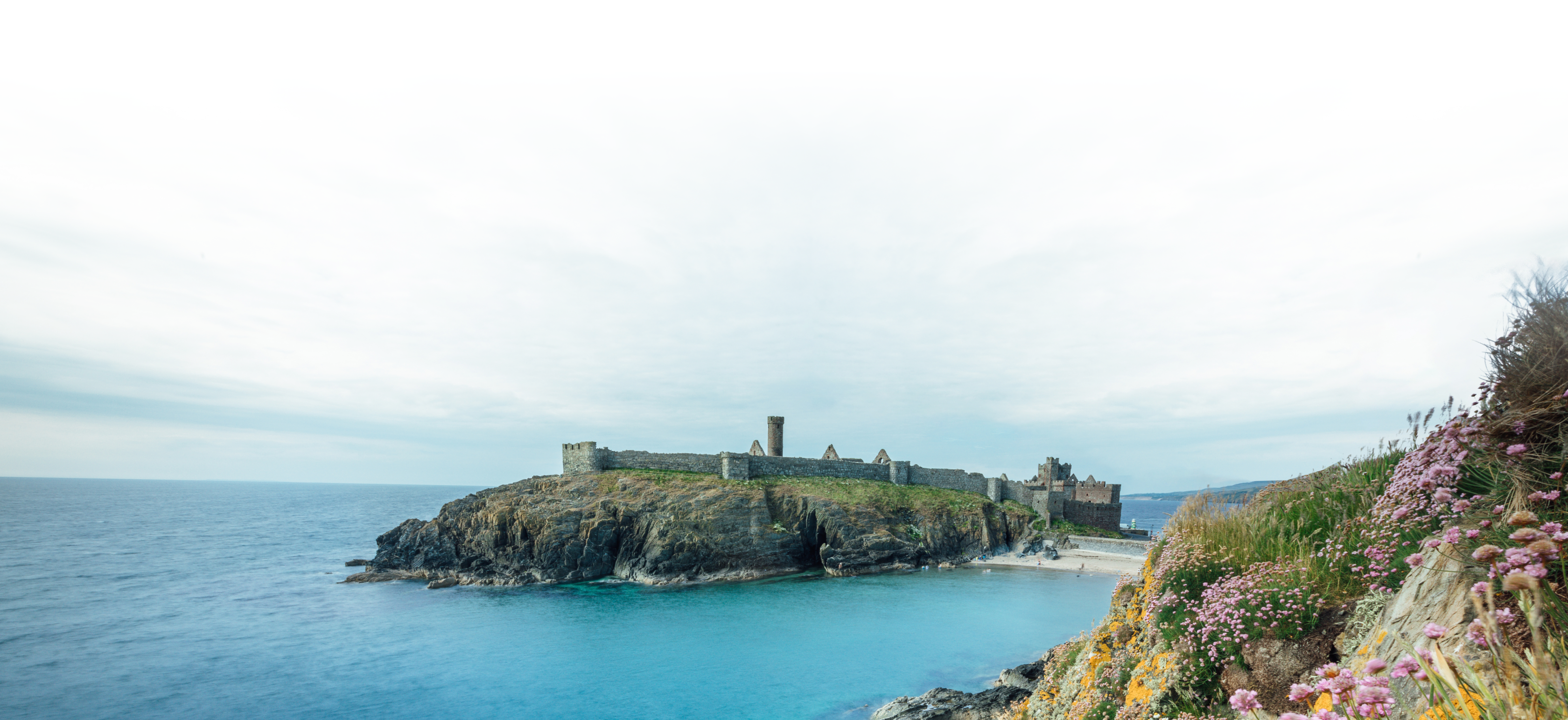Blog
The Isle of Man Steam Packet Company Blog shares insights, updates, inspiration, island events, travel tips, and maritime history for travelers
Filter


The 10 Best Hotels on The Isle of Man
3 July 2025


How to get to the Isle of Man – Travel guide
3 July 2025


Best Beaches on the Isle of Man
3 July 2025


10 Top Things To Do On The Isle Of Man
12 June 2025


15 Best Restaurants On The Isle Of Man
12 June 2025


Isle of Man vs Isle of Wight
12 June 2025


85th Anniversary of Dunkirk
21 May 2025


Isle of Man Steam Packet Company announces sponsorship of Isle of Man FA Senior Women’s Team
12 May 2025


Isle of Man Youth Cycling Tour powered by Steam Packet Holidays
2 May 2025


Local family to take on 97-mile challenge to support Ashley Hill Primary School
10 April 2025


Isle of Man Steam Packet Company partners with Manx Breast Cancer Support Group and Mannin Cancers Support Group to assist transportation costs
31 March 2025


Get Set for the Return of Fast Craft Manannan!
28 March 2025


Top 5 Best Pints of Guinness in Belfast
26 February 2025


Couple Date ideas in Belfast
26 February 2025


Top Cocktail Bars in Belfast
26 February 2025

Get the latest deals and offers
Join our mailing list to receive early-bird offers, exclusive deals and travel inspiration.

